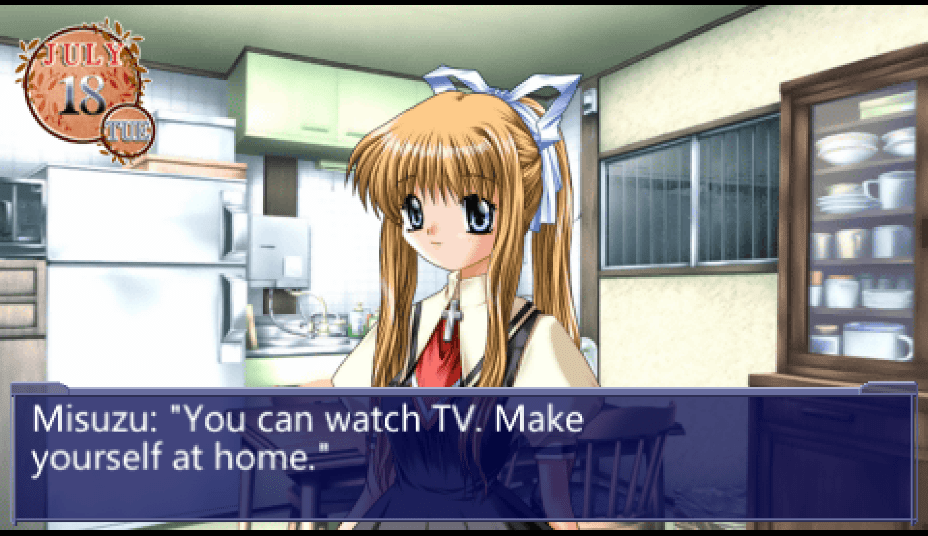


As movesets are determined by weapon in Dynasty Warriors 7 rather than by character, characters sharing the same weapon in Dynasty Warriors 7 have altered charge attacks to differentiate them from each other.Characters with a ground and aerial Musou attack in Dynasty Warriors 7 retain their ground Musou attack, while characters having two ground Musou attacks may retain either of theirs as their Musou attack. Dynasty Warriors characters are restricted to one Musou attack.Characters who have changed their EX weapons in Dynasty Warriors 7: Empires (which was released after Warriors Orochi 3, but before Ultimate) retain their older EX weapons in Ultimate instead of changing to their new EX weapons. Dynasty Warriors characters are solely armed with one weapon, and cannot switch to another one however, the weapon given to each character is their EX weapon from the series.

Characters from either of these series play similar to how they play in their respective source games, but with a number of changes to unify the two different games together, including: The gameplay of Warriors Orochi 3 is similar to that of the two titles that the Warriors Orochi 3 takes its characters from: namely Dynasty Warriors 7 (specifically, Dynasty Warriors Next) and Samurai Warriors 3. An additional port for Nintendo Switch is scheduled for a Novemrelease date to commemorate Omega Force's 20th anniversary. The four ports were also released in North America and Europe on September 2 and 5, 2014, respectively. An updated version, Warriors Orochi 3 Ultimate (Musou Orochi 2 Ultimate), was released for the PlayStation 3 and PlayStation Vita in Japan on Septemwith PlayStation 4 and Xbox One ports released on June 26 and September 4, 2014, respectively. There are two ports of the game: Musou Orochi 2 Special, released on Jfor PlayStation Portable exclusively in Japan, and Warriors Orochi 3 Hyper, which was released as a launch title for the Wii U for Japan, North America, and Europe.


 0 kommentar(er)
0 kommentar(er)
